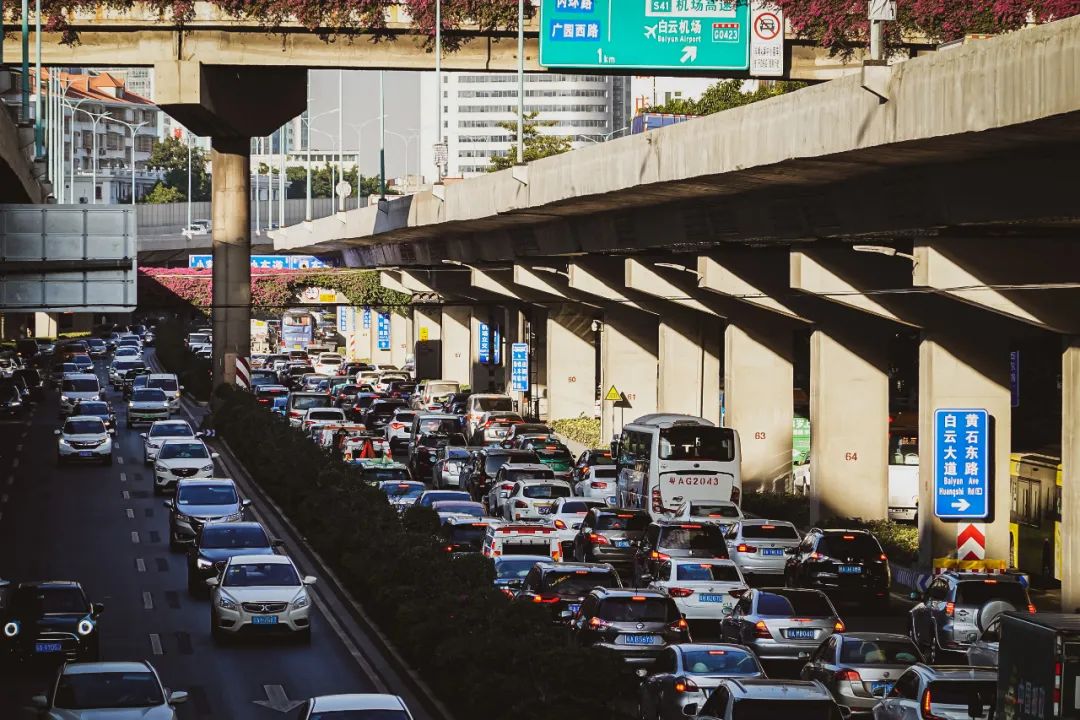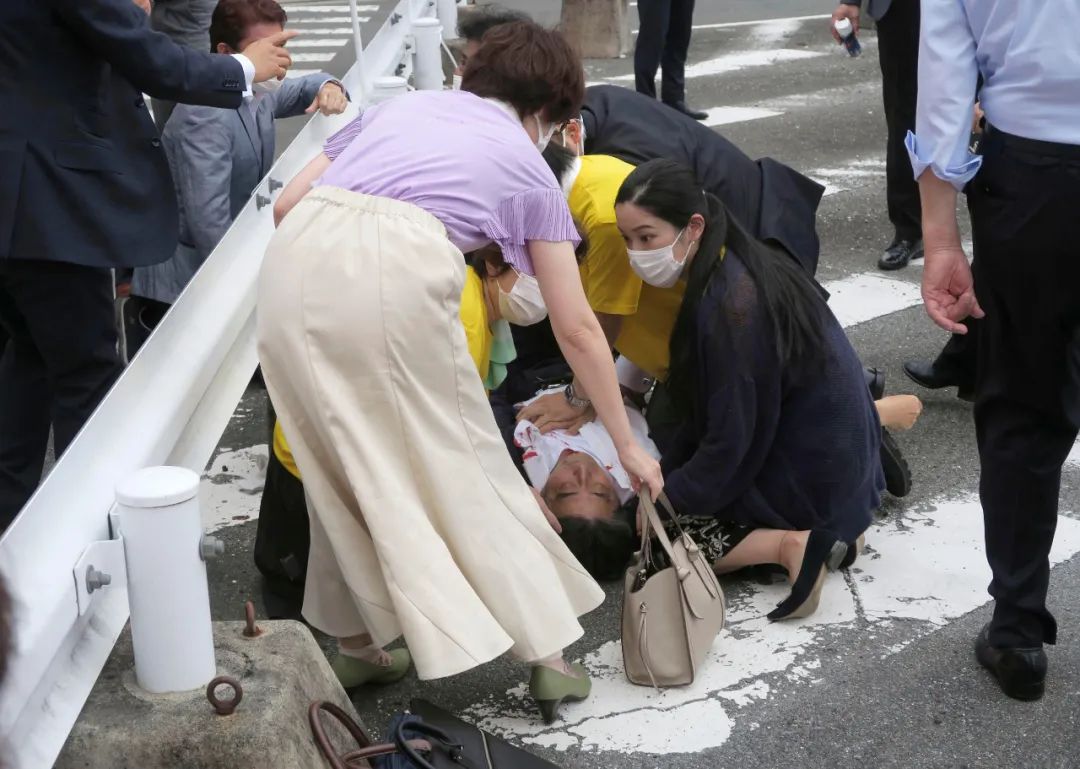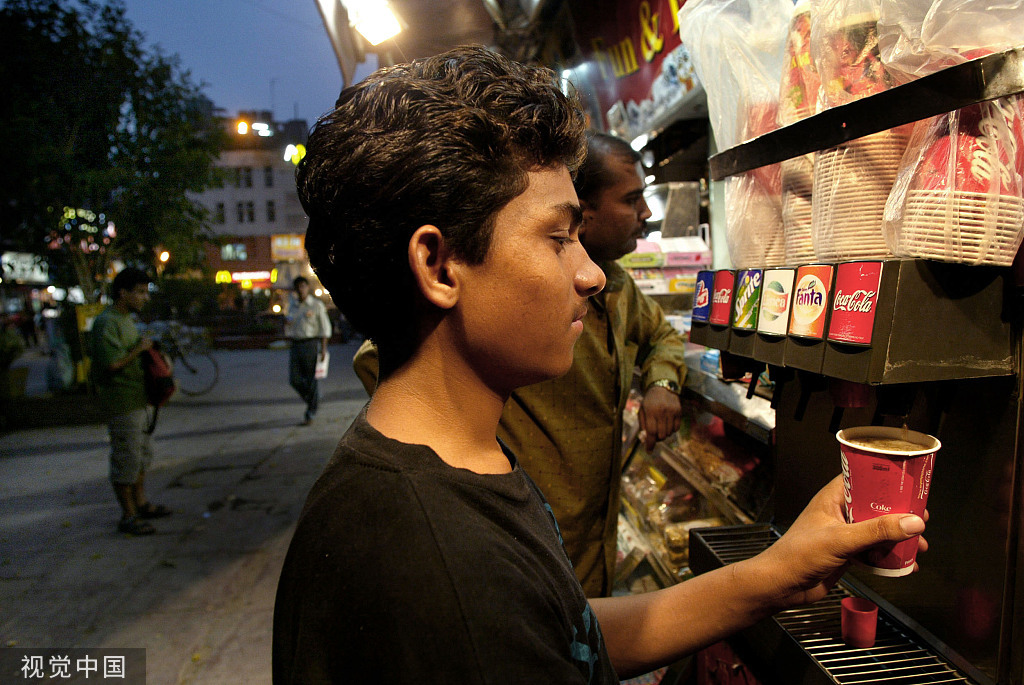More than 14 million people are commuting more than 1 hour a day. How can I break it?
Author:China News Weekly Time:2022.08.08

Rail traffic is the key
In the first -tier cities with high population density, the commute time of the morning and evening peaks may be the most "torment" period of the day. The congested roads, the unable to squeeze the subway and the bus, and the long -distance commute, all affect the lives of the residents Quality and happiness index.
On July 29th, the "2022 China Community Commuting Monitoring Report" (hereinafter referred to as the "Report"), jointly released by the China Urban Planning and Design Institute and Baidu Map, shows that in 2021, the country's affordable "extreme commuting" population bears the population of more than 60 minutes. Over 14 million, long -distance commuting has become a common phenomenon in big cities.
At the same time, the proportion of "happiness and commuting" (referring to the commuting within 5 kilometers) across the country showed a downward trend, and more and more commuters had to use motorized traffic to get off work.
Whether it is the increase in the proportion of "extreme commuting" or the decrease in the proportion of "happiness and commuting", it reflects many challenges facing urban planning and infrastructure.
For example, the efficiency of various types of transportation, insufficient connection, and insufficient integration of urban production and urban areas have extended the commute time invisibly, and have greatly challenged the carbon reduction and greening of urban transportation and the sustainable development of green.
The proportion of "extreme commuting" increases
Zhao Yixin, Dean of the Traffic Branch of the China Urban Planning and Design Institute, introduced to China News Weekly that commuting is a relatively rigid demand in urban residents' travel, and is closely linked to the space structure and functional layout of the city. By paying attention to series indicators and data, you can better support the sustainable development of the city.
According to the definition of "happiness and commuting", the proportion of commuting population less than 5 kilometers can be used as an indicator of urban residence balance and commuting happiness -this distance means that residents can have a reasonable and controllable commute time and diverse transportation methods to choose from Essence
However, the "Report" data shows that only 51 % of the 44 major cities monitored in 2021 can enjoy "happiness and commuting"; among 42 annual comparison cities, in addition to Foshan, 41 cities are "happy commute commuters. "The proportion decreases.
Zhao Yixin believes that the decline in the data means that more people may choose to be motorized to commute, which will cause certain pressure on the construction of urban basic transportation facilities and urban commuting carbon reduction operations.
In contrast to "happiness and commuting", it is more than 60 minutes of "extreme commuting". Among the 44 major cities in China, more than 14 million people bear the "extreme commuting", and the proportion of commuting for more than 60 minutes is 13%.

The early peak of urban congestion. Figure/Figure insect creativity
Among them, the average commuting distance from Beijing is 11.3 kilometers, the average one -way commute is 48 minutes, and 30%of the commuters are more than 60 minutes. The "extreme commute" population accounts for 3%of the previous year. One of the longest cities.
According to the "Statistics of the National Economic and Social Development of 2021", as of the end of 2021, Beijing's permanent population was 21.886 million. Zhao Yixin estimated that the size of the "extreme commute" population in Beijing in the previous year was about 300,000.
It is particularly noticeable that in these 14 million "extreme commuting" population, nearly 6 million are young people.
58 The "2021 Graduate Employment Residence Research Report" released by the Anju House Real Estate Research Institute shows that among the 2021 graduates participating in the survey of the platform, 43.6%of graduate youths say the acceptable commute upper limit is 1 hour, 33.2 33.2 %Means that within half an hour, 1.5 hours or more account for relatively low.
Some analysts believe that from the current planning and layout of domestic cities, commercial areas and business districts are often located in the core of the city. Good supporting facilities and comprehensive public services have attracted young people to come to seek rich urban life.
However, affected by the cost of residence, for young people who have just started their careers, they are often unable to buy business in the core of the city. Therefore, living in the center has become the choice of young and middle -aged young people in the center.
The "Report" shows that nearly 80%of young people are concentrated in urban centers within 15 kilometers, but 64%of commute young people live in the 15 kilometers of urban center, Beijing and Shanghai account for 72%, Shenzhen's highest is 79 %.
Yang Xinmiao, deputy director of the Institute of Transportation of Tsinghua University, told China News Weekly that whether a city has the attractiveness to the development of youth, it is directly related to the potential of the future development of the city. Because cities have competition in attracting young talents, in addition to providing development opportunities, who can improve the city's commuting experience of young people, who can get extra points in the attraction of talents in the city. This is also for urban management. The person put forward new requirements.
"Self -Rescue Guide"
The study of "Emphasis on the Emphasis on CLDS (2016) Data based on CLDS (2016) data" in "commute time" shows that commuting time and personal life satisfaction, work and health satisfaction, and family satisfaction are negative - Excessive commutes will reduce people's happiness.
In addition, Vitality Health (Vitality Health) once entrusted Cambridge University and other institutions to do a study involving 34,000 people to explore the impact of commuting time on the health and work efficiency of office workers.
After investigation, one -way commute time exceeds 30 minutes, which can adversely affect employees' health and work efficiency; while one -way commuting for more than 60 minutes, the risk of depression will increase by 33%, and the possibility of obesity will increase by 21% Essence How to solve the suffering of "extreme commuting" has become the "essential treasure" of office workers.
Living in Tongzhou Liyuan, a "big factory" employee who works in the Houchang Village, Haidian Houfang Village, Wang Wei told China News Weekly that he had to transfer 3 subway and 1 bus every day for about 2 hours. Watching movies and chasing dramas It has become a weapon for his time to disappear.
Many interviewees have said that they will pass the time on the road and pass the time by visiting social networking sites and listening to music. "Boiled, just get used to it." A respondent said, "Some 'large factories' employees are on the subway. If you pay attention, you can hear a lot of interesting things."
The University of Chicago psychologist Nicholas Epley had done a study that divided the research objects into three groups, and one of them needed them to talk to strangers on the road of commuting. Although most people resist talking to strangers, the research results show that when they complete this task, they are obviously happier than the other two groups of research objects.
However, chatting with strangers may be more tormented than "extreme commuting" for most people in the community.
A study from McGill University from Canada (McGill University) shows that no matter what kind of transportation is taken, once the commute time is too long, it will bring different degrees of pressure to the body and mind. Delay, etc. But compared to driving, buses and subways, walking, cycling or train can make people feel more comfortable.
Yang Xinmiao has been committed to the construction of "cycling city". He mentioned that in Denmark, the world's largest country in the world, almost a bicycle, and many international dignitaries and well -known people also chose to ride a bicycle to get off work.
Many cities are now creating a "15 -minute life circle" and "happy commuting" within 5 kilometers. He suggested that urban builders should be more reasonable to plan rail transit when considering road construction. Bicycles are used as commuting tools to encourage people to choose to travel by cycling.
Taking Beijing as an example, he said that Beijing's average commute distance is 11.3 kilometers, and the standard for helping bicycles is 1 hour and 18 kilometers. Use lightweight help bicycles. Most people can take less than 45 minutes and ride 11 kilometers easily. "Low -carbon, green, environmental protection".
Rail traffic is the key
The various problems encountered in commuting reflect the many challenges facing urban planning and infrastructure construction, and all of them are closely related to the separation of the residence of the city.
The separation of vocational residence can be understood as the distance from the place of residence to the recent employment venues. It is used to measure the matching and balance of the supply space supply of urban residence. The smaller the separation of residence, the better the balance of the residential space supply of the city.
Li Guoping, the dean of the Peking University Capital Development Research Institute, once said that in the past, the functional partitions of the city had been emphasized, and the excessive functional area caused major problems.
Xu Xiaole, the chief market analyst of Shell Research Institute, believes that the current job positions are usually concentrated in the core areas of the city. The family buying a house in the non -core area of the city has led to a large number of traffic commuting. There are more time on the road, resulting in traffic congestion and air pollution. The urban operation efficiency is relatively low.
Data show that nearly 70 % of cities in the city of 2020-2021 have increased, and the growth rate of mega cities is particularly significant. Zhengzhou, Qingdao, and Xuzhou are the cities with the worst separation of residential residence.
Zhao Yixin told China News Weekly that the future cities are still the main force of urbanization in China. Therefore, how to balance the vocational and residential balance of Great Cities has important reference value to improve urban governance capabilities and stimulate social development vitality. He also mentioned that although there is no pure job residence balance, the optimization of the layout of urban residence and employment function aimed at improving commutes still needs to give more in -depth considerations in urban space planning.
Therefore, he believes that in the original road transportation layout and design, do a good job of planning a slow -moving transportation system, creating the concept of "living circle", and integrating the concept of vocational and residential balance as much as possible, thereby increasing the proportion of "happiness and commuting".
In fact, a new round of updates in many cities have chosen to start from exploring the balance of residence.
On May 7 this year, Beijing released the "Traffic Development and Construction Plan for the" Fourteenth Five -Year Plan "period in Beijing", which mentioned that it will organize urban life with rail transit siting as the core, enrich the surrounding formats around the rail site, and build people -oriented on the surrounding site of the site. , Walking and bicycle priority transportation systems realize the low -carbon lifestyle of "track+slow".
In addition, by exploring the market -oriented operation model of land development around the rail station, through regional planning indicators balance and dynamic adjustment, to maximize the advantages of rail transit to promote the advantages of professional residence balance.
However, whether it is to realize the balance of duty or solve the "extreme commuting", Zhao Yixin believes that in the moment, rail transit is still an important means to solve the above problems. "Vigorously develop rail transit, organically combine urban land planning with rail transit construction, and become a common practice of alleviating traffic congestion and reducing commuting time in major cities." He said. It is understood that from December 2020 to the end of December 2021, nearly 1,700 kilometers of new subway and light rail operation lines were opened nationwide, and 32 cities in 40 subway operating cities had new track mileage.
However, the data also shows that the overall improvement of commuting benefits in my country is limited. For example, in 2021, the total rail scale of 40 subway cities was nearly 9,000 kilometers, and the mileage length increased by 20%year -on -year, but the proportion of commuting was increased by only 2 percentage points -which means that the average 10 -kilometer rail line is increased by 20,000 people on average, which is only 20,000 people. Convenient commuting.
At the same time, among cities with a rail scale of more than 300 kilometers, some cities such as Chengdu, Wuhan, and Chongqing rail coverage have achieved a rapid improvement, but the overall buses have failed to improve significantly. The proportion of the travel time of the whole process is high, and the orbit connection becomes a bottleneck.
Therefore, many people in the industry believe that it is very important to build a combined travel system for urban rail transit to connect to other transportation methods to improve the efficiency of the entire process of rail transit. For example, rail transit directly access to all major buildings and ground bus stations around the stations.
In this area, Beijing has begun to try, such as adding the proportion of transfer stations in the suburban railway and urban rail intersections, the proportion of the transfer area of the transfer station, and the transfer distance of the interchange between the rail station. Indicates to promote the integration of transportation integration.
"Whether the construction of rail transit and the construction of cities can be more closely integrated is the key to solving the commuting of general cities." Zhao Yixin said.
Author: Chen Shulian ([email protected])
Edit: Sun Xiaobo
Operation editor: Wang Lin
- END -
Shinzo Abe, cardiopulmonary function stop

Xinhua News Agency, Tokyo, July 8th. According to the Japanese media reported on t...
[Circle depth] Why are more than 2,000 foreign companies "running" in India?

[Global Times special reporter Xu Fu Global Times reporter Fan Weiyuan Jirong Glob...